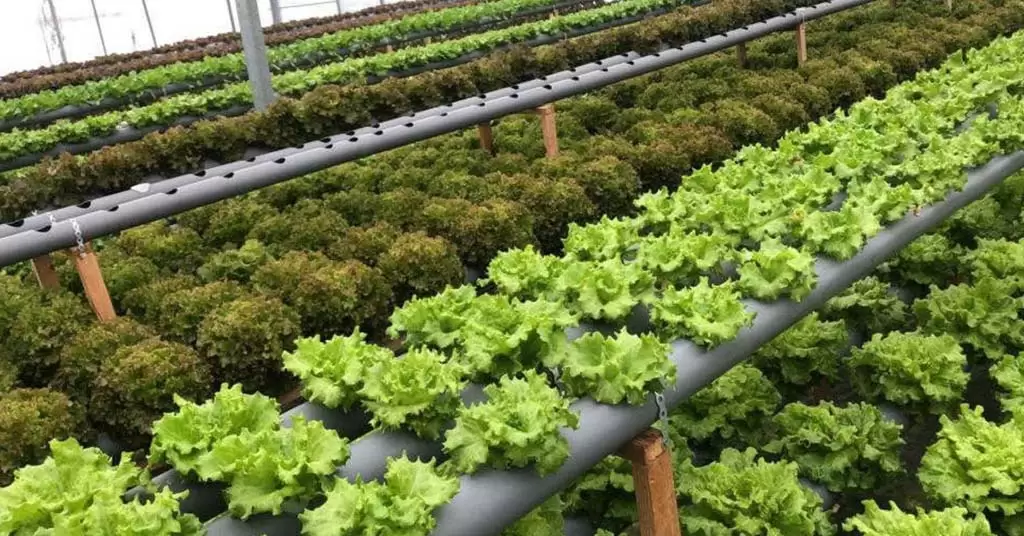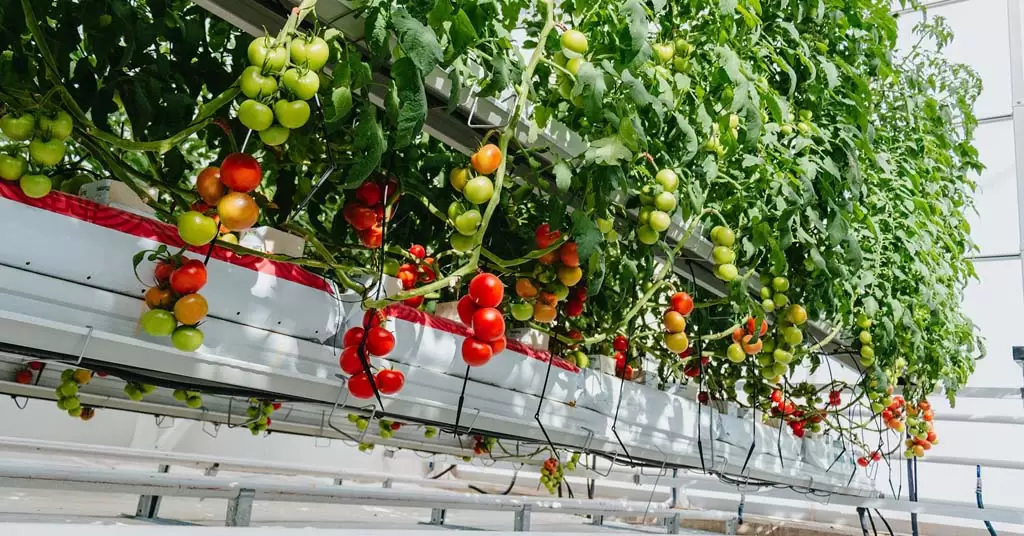The technique of hydroponic cultivation allows you to grow fresh food, with rich taste and excellent nutritional value. That is why it has become the most efficient and eco-sustainable system, compared to traditional sowing.
From Greenuso we want to tell you everything you need to know about this type of crop. Don’t miss any details!
What is hydroponic cultivation?
Hydroponic cultivation is a technique that replaces soil with other elements such as water, bark, sand, gravel, etc. In this way, the plants receive a nutritive solution dissolved in water that guarantees them an optimal development.
This solution added to the water provides mineral components such as nitrogen, potassium, calcium, magnesium, phosphorus, iron or sulfur, among others. All of these are essential for healthy plant growth and good fruit size, taste and aroma.
What is hydroponic growing for?
This process serves to benefit us from agriculture even if we do not have land for it. This implies that even in urban spaces you will be able to make highly productive gardens.
This hydroponic technique allows the reuse of water through a continuous circulation system. Therefore, it becomes a viable method in urban spaces where water is scarce.
In addition, hydroponic cultivation increases the yield and improves the quality of production using less space and resources.
On the other hand, as hydroponic gardens are developed in covered spaces, the sowing will not be affected by adverse weather conditions allowing harvesting all year round.

Benefits of hydroponic cultivation
These are some of the many benefits you will get from having your hydroponic garden at home:
- You do not need to invest in herbicides, since, as you do not have soil, your garden will not be invaded by weeds.
- With this soil-less growing technique you won’t have to deal with the presence of parasites and bacteria.
- You won’t have to worry about soil erosion.
- It will allow you to save a little bit, since you won’t spend on fertilizer and manure.
- It does not require a large space for its preparation, so you can do it at home even if you do not have a patio or garden.
- You will save good money by producing yourself the vegetables, fruits and vegetables that you will consume at home.
How do you do a hydroponic crop?
At Greenuso we are lovers of nature, so we will explain to you in detail how to do a hydroponic cultivation:
Materials
- It has PVC of the length you prefer.
- Coconut fiber or any other material that serves as a substrate.
- Seedlings for transplanting.
- Container to store the water.
- Nutritive solution.
Procedure:
- The first thing you must do is determine in which space of your house or garden you will locate your hydroponic crop.
- Once a place is located, drill the PVC tube with large and equidistant openings as if it were a flute.
- Put the tube with the holes facing up.
- Leave a slight tilt at one of the edges to allow water to circulate.
- Now fill the inside of the tube with the coconut fibre.
- Later, proceed to transplant the seedlings to each of the holes in the tube.
- On the other hand, mix the water with the nutritive solution inside the container.
- Once the mixture is ready, insert it through the upper side of the pipe until the coconut shell is well moistened.
- The only thing left to do is to recover in a container the surplus that will come out on the other side of the pipe to use it in the next irrigation.
- Finally, remember that this manual watering must be done periodically.
Plants suitable for hydroponic cultivation
Not all plants can be grown using the hydroponic technique. For example, those with underground fruits such as carrots, sweet potatoes and onions would be killed by excess moisture.
However, there are many others that do develop perfectly in this type of crop and we will present them to you below:
- Mint: its cultivation in water is really simple.
- Oregano: is given through stakes in water.
- Cilantro and parsley: requires minimum maintenance to grow abundantly.
- Lettuce and spinach: excellent options for hydroponic cultivation
- Celery: they grow clean and with an attractive color.
- Tomato: its seeds are germinated separately and then transplanted.
- Sage: its roots in water thrive faster.
Today, many people around the world have relied on this technique and already have their own hydroponic cultivation at home. What do you say? Will you join in?

